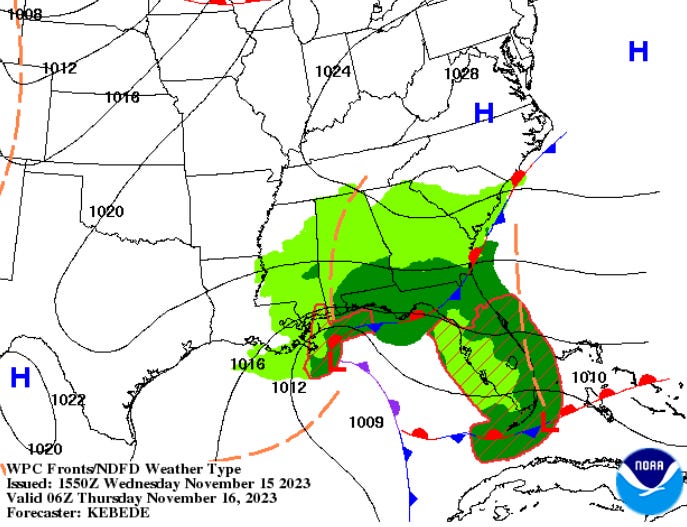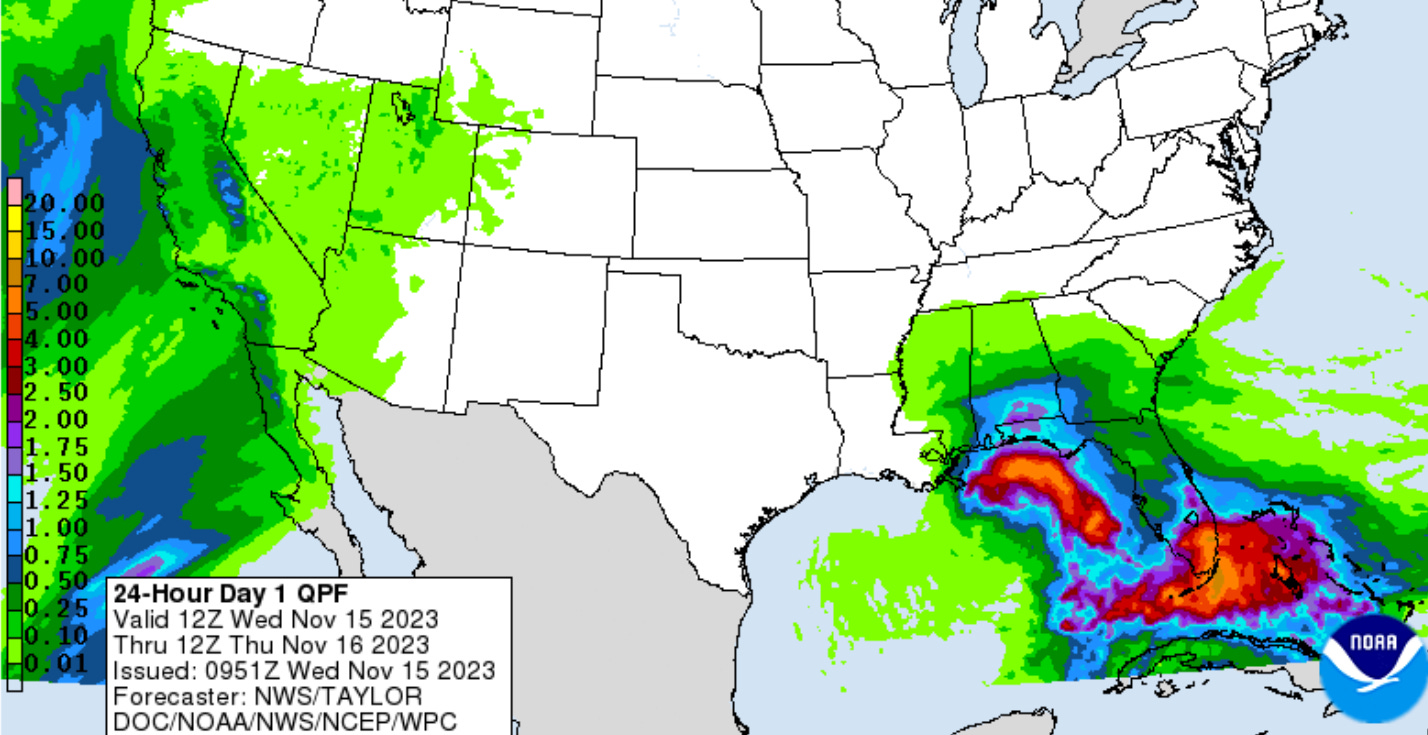Now that the hurricane season is approaching, here are my thoughts on the best tropical cyclone tracking sites:

A view of Hurricane Florence is shown churning in the Atlantic Ocean in a west, north-westerly direction heading for the eastern coastline of the United States, taken by cameras outside the International Space Station, September 12, 2018. NASA/Handout
- The National Hurricane Center (NHC) is the place to find the official tropical cyclone forecasts and warnings issued by the US government for the North Atlantic as well as the Eastern North Pacific. The site has many resources available with excellent satellite photos, computer model guidance and an archive of past historical tracks.
- The Joint Typhoon Warning Center (JTWC) is a joint United States Navy – United States Air Force command in Pearl Harbor, Hawaii. The JTWC is responsible for the issuing of tropical cyclone warnings in the North-West Pacific Ocean, South Pacific Ocean, and Indian Ocean for all branches of the U.S. Department of Defense and other U.S. government agencies
- Tropical Tidbits Global Tropical Cyclone and Disturbance Page – developed by Dr. Dr. Levi Cowan, PhD and Senior Scientist at the Joint Typhoon Warning Center.
- The Weather Underground Tropical Weather Page is a comprehensive and easy to use site which provides tools for storm tracking for both the professional and the amateur.
- The Naval Research Lab (NRL) Monterey Marine Meteorology Division Tropical Cyclone page is another useful site that provides global storm tracking with comprehensive satellite and forecast track information on tropical cyclones across the globe. This site is heavy on satellite images and is oriented a bit more to the professional user.
- Cooperative Institute for Meteorological Satellite Studies (CIMSS) – University of Wisconsin – This is an excellent site for the more technical user with numerous overlays of meteorological analysis tools, satellite photos and surface observations.
- NOAA listing of World Tropical Cyclone Centers with links.
- European Centre for Medium-Range Weather Forecasts (ECMWF) Tropical Cyclone Page. Various tropical cyclone related forecast charts
- The Regional and Mesoscale Meteorology Branch (RAMMB) of NOAA/NESDIS Real Time Tropical Cyclone page
- Tropical Storm Risk (TSR) Tropical Cyclone tracking page
































